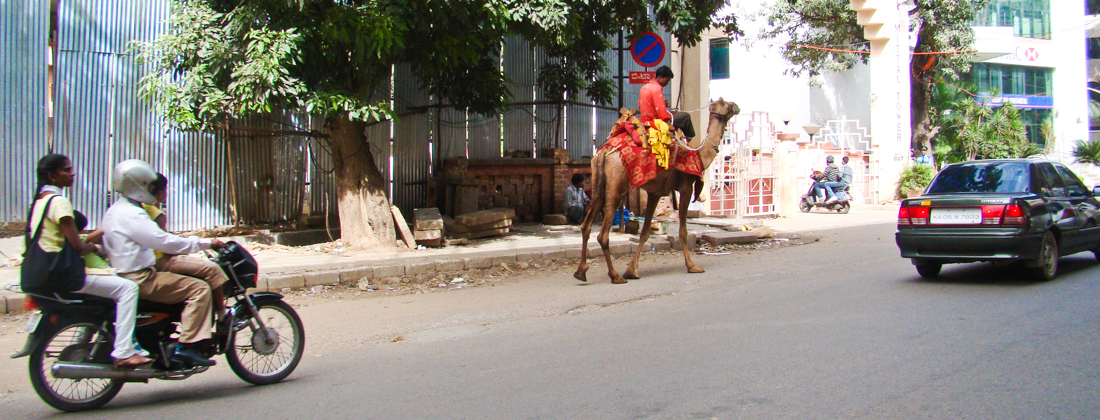
Travel Tips
Travel Tips
With our understanding of what to expect in the sub-continent, we have put together some information and travel tips for your convenience.
Visa
To visit India you have to obtain a visa from the Indian Embassy or the respective Visa Service in your country of residence (check online). A Tourist Visa is usually a Multi-Entry Visa, valid for a period of maximum 180 days. Verify whether the visa starts from the date of issue or the date of arrival in India. As a rule, an extension of stay on a Tourist Visa will not be granted.
Seasons
India’s range of climate is enormous. In the far north, the mountain valleys of the Himalaya experience the four seasons of northern temperate zones, while the south of the peninsula is witnessing a tropical climate. Together with the northern Gangetic plain, South India shares a long dry season building up in heat and intensity until the monsoon douses it in massive quantities of rain.
The mountain valleys of the Himalayan foothills are usually snowed in winter and pleasantly warm in summer. Some passes are closed in winter and several places are extremely cold and difficult to reach. From April onwards the snow is melting and the passes are open. The best time to see the high Himalayan flora in bloom is towards the end of the rainy season around early September.
In India, the most important feature of the climate is the wet season, or monsoon. The main (“southwest”) monsoon strikes the coast of Kerala, Karnataka and Goa at the very end of May, working its way northeast across the country over the next month and a half. Expect heavy tropical rain every day. Most days, the rain will last a couple of hours, then the sun will come out and everything will be steamy and flooded. By September, the monsoon has started to recede.
The east of India, Tamil Nadu, Andhra Pradesh, Orissa and the Andaman islands, are subject to a different monsoon (the “northeast”) which begins around mid-October and continues until the beginning of December.
The north of India, including Delhi, Rajasthan and Varanasi, is still under the influence of the winter until February followed by pleasant weather. The best time to travel South India is from August to mid October and from December up to April. The temperatures are delightful – not too hot and not too cold – and stay between 24ºC to 32ºC. From April onwards the temperature rises and reaches its peak in May – June (38°C). Occasional rainfall in July may bring the temperature down. Nights are generally about 5ºC cooler than days.
Health
There are no compulsory inoculation requirements for entry into India. However, it is recommended to have current inoculations to protect against tetanus, hepatitis and typhoid. Please consult with your general practitioner for detailed advice. Providing you take some basic precautions, you should be able to stay healthy during your visit. Don’t drink tap water, unless it has been sterilized. Avoid raw foods such as salads and peeled fruits and if not used to spicy food, have a simple plain meal at the beginning of the journey to give your body time to adjust. To have a travel / health insurance is also advisable.
Money
Indian currency is the Rupee. Notes are printed in the denominations of Indian Rupee 1000, 500, 100, 50, 20, 10. Exchange rates vary from time to time and banks and hotels provide fixed exchange rates for convenient conversion. All major credit cards are accepted. It is recommended that you carry local currency for making small purchases or for providing personal tips.
What to Take
Keep your luggage to a minimum; get a few pairs of light cotton clothes, such as shorts and sleeveless shirts. Carry with you a hat, sun lotion, a flashlight and a mosquito repellent.
Government of United Kingdom
U.S. Department of State
Australian Department of Foreign Affairs and Trade
